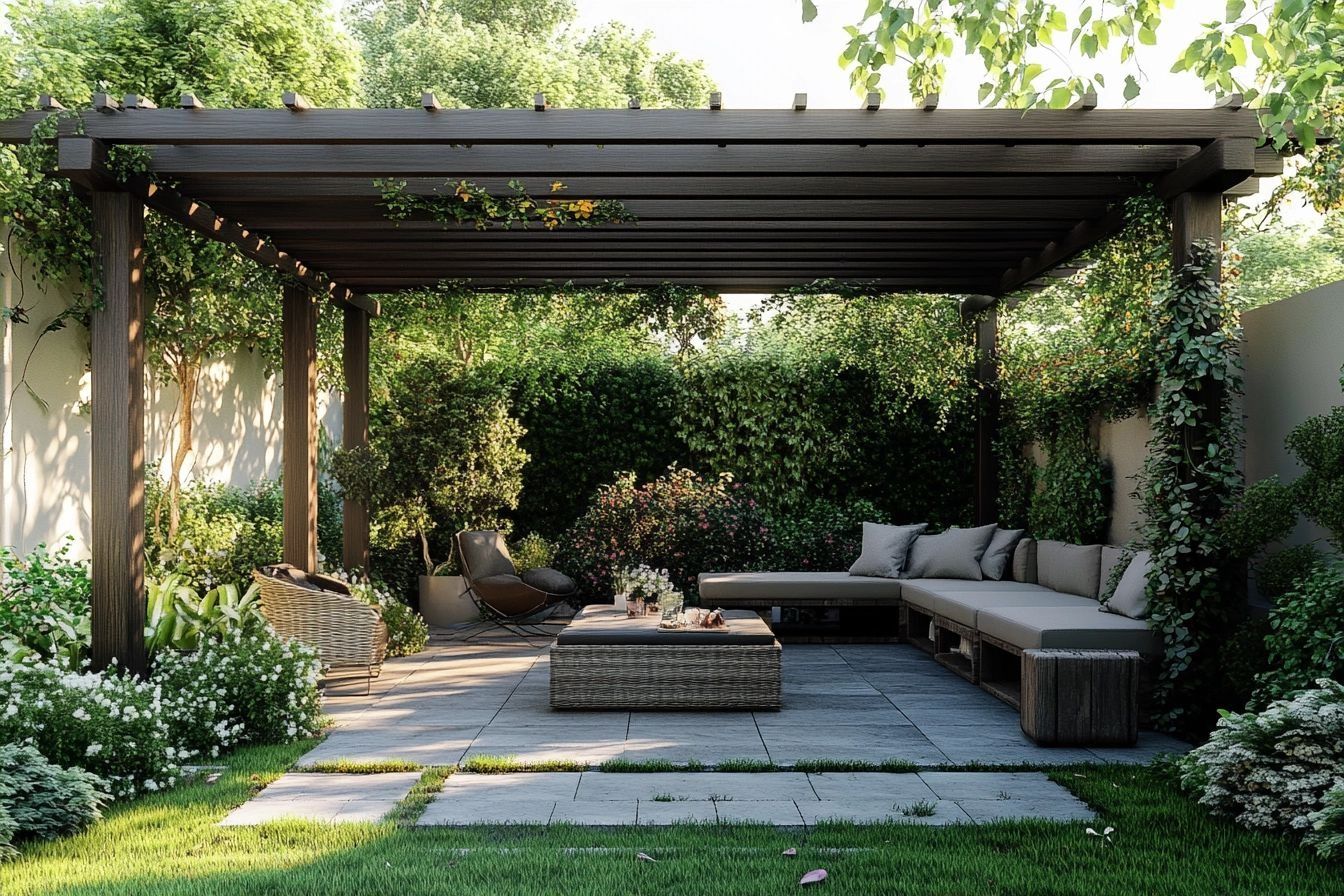Cultivating Fragrant Nightscapes: The Art of Moon Gardens
In the realm of home and garden design, a captivating trend is emerging that transforms outdoor spaces into enchanting nocturnal retreats. Moon gardens, with their ethereal allure and sensory appeal, are captivating homeowners seeking to extend their enjoyment of outdoor spaces well into the evening hours. This innovative approach to landscaping not only enhances the aesthetic value of a property but also creates a mesmerizing sanctuary for nocturnal relaxation and contemplation.

Historical Roots and Modern Revival
The concept of moon gardens has roots in various cultural traditions, including Islamic paradise gardens and medieval European monastic gardens. In these historical contexts, night-blooming plants were revered for their mystical qualities and medicinal properties. The modern revival of moon gardens blends these ancient appreciations with contemporary design sensibilities, creating spaces that serve as both aesthetic marvels and functional retreats for busy urbanites seeking tranquility in their own backyards.
Selecting the Perfect Palette
The key to a successful moon garden lies in the careful selection of plants. White flowers are the stars of the show, with varieties like evening primrose, moonflower, and night-blooming jasmine taking center stage. These are complemented by plants with silver or variegated foliage, such as lamb’s ear and dusty miller, which catch and reflect even the faintest moonlight. The incorporation of plants with different bloom times ensures that the garden remains visually interesting throughout the seasons.
Fragrance: The Invisible Element
While the visual aspects of a moon garden are undoubtedly striking, it’s the olfactory experience that truly sets these spaces apart. Night-scented plants like nicotiana, evening stock, and night-blooming cereus release their fragrances after sunset, creating an aromatic tapestry that enhances the garden’s allure. The strategic placement of these plants near seating areas or pathways allows for maximum enjoyment of their subtle yet intoxicating scents.
Designing for Nighttime Drama
Crafting a moon garden requires a thoughtful approach to layout and design. The use of reflective surfaces, such as mirrored orbs or light-colored paving stones, can amplify the moonlight and create a sense of depth and mystery. Water features, with their reflective surfaces and soothing sounds, add another dimension to the sensory experience. Strategically placed lighting, using soft, warm LEDs or solar-powered options, can highlight key plants or architectural elements without overwhelming the natural ambiance.
Practical Considerations for Nocturnal Enjoyment
Creating a moon garden that’s both beautiful and functional requires attention to practical details. Comfortable seating areas, positioned to take advantage of the best views and fragrances, are essential. Pathways should be clearly defined and safe for nighttime navigation, perhaps lined with luminescent pebbles or glow-in-the-dark planters. Considering the local climate and selecting plants that thrive in specific conditions ensures that the garden remains low-maintenance and sustainable.
The Therapeutic Benefits of Moon Gardens
Beyond their aesthetic appeal, moon gardens offer significant therapeutic benefits. The act of gardening itself has been shown to reduce stress and improve mental health. A moon garden, with its focus on evening enjoyment, provides a unique opportunity for relaxation and mindfulness at the end of a busy day. The soft, monochromatic palette and gentle fragrances create an environment conducive to meditation and reflection, offering a natural antidote to the sensory overload of modern life.
Integrating Technology for Enhanced Experience
While moon gardens celebrate the natural world, judicious use of technology can enhance the experience without detracting from its essence. Smart lighting systems can be programmed to mimic moonlight, gradually increasing in brightness as natural light fades. Weather-responsive irrigation systems ensure that plants receive optimal care with minimal waste. For the truly tech-savvy, augmented reality apps can provide information about plants and constellations, adding an educational dimension to the garden experience.
The Future of Moon Gardens
As urban spaces become more densely populated and people seek ways to reconnect with nature, moon gardens are poised to become increasingly popular. Future trends may include the integration of moon gardens into vertical spaces and rooftops, making them accessible even in the most compact urban environments. The development of new plant varieties specifically bred for night-blooming and fragrance could expand the palette available to garden designers, opening up new possibilities for creativity and customization.
In conclusion, moon gardens represent a fascinating intersection of horticultural knowledge, design innovation, and sensory experience. By embracing this trend, homeowners can transform their outdoor spaces into captivating nighttime retreats that offer beauty, relaxation, and a deeper connection to the natural world. As we continue to seek balance in our fast-paced lives, the timeless allure of a garden that comes alive under the moon’s gentle glow offers a compelling invitation to pause, breathe, and marvel at the wonders of the night.





